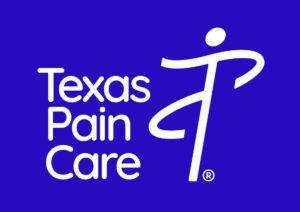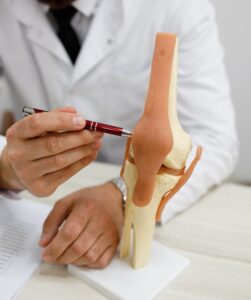
Our knees endure a lot of use and abuse on a daily basis. If you are experiencing chronic pain in one or both knees, a Genicular Nerve Block for Knee Pain Treatment could help you get back on your feet.

Spinal Cord Stimulator Implants are an increasingly popular option for patients who suffer from debilitating chronic pain who have yet to find any relief. If your pain has caused you to shy away from your favorite activities, miss out on certain life events, avoided situations that require too much standing or sitting, or your quality of life and ideal exercise regimen have suffered, then it’s a great time to talk to your Texas Pain Care specialist in Sugar Land, Missouri City, or Houston about the benefits of spinal cord stimulation. Explore Spinal Cord Stimulation in Houston, Texas for effective pain relief.
Spinal Cord Stimulator Implants are a neurostimulation device that have become increasingly popular for treating chronic pain. They are implantable, programmable medical devices that deliver electrical stimulation to specific parts of the patient’s brain, spinal cord or peripheral nervous system to help treat various conditions, including chronic pain. Often called the “pacemaker for pain,” these devices help to stop patients from feeling the pain associated with their health or medical conditions.
Spinal Cord Stimulation is a treatment for chronic low back pain, chronic neck pain, chronic thoracic pain, chronic sciatica, pain after low back or neck surgery, complex regional pain syndrome, and peripheral neuropathy, among other conditions.
Nerves are responsible for the perception of pain because our nerves are what sends the signals of the source of pain to the brain. Burned your hand? Hand gets too hot to be comfortable, nerves recognize the heat, send a signal to the brain, Ouch! You move your hand from the source of pain. Because this is an electrochemical process, it can be influenced by electricity.
In most cases, electricity causes pain. But in other cases, it can actually reduce pain by disrupting the recognition of pain. Researches decades ago found that electrical pulses can help to relieve pain when administered in low powerful pulses to nerves in the area where pain is being experienced. This is the science behind spinal cord stimulation, and is based on the technique of neuromodulation or neurostimulation.
Neuromodulation works by actively stimulating nerves to produce a natural biological response, and neurostimulation devices involve the application of electrodes to the brain, the spinal cord or peripheral nerves. Both options are helpful for combatting pain that is caused by nerve damage or inflammation.
If your Texas Pain Care specialist deems that this treatment option is the best option for you, he/she will implant a small device near your spinal cord in the epidural space, most under the skin most often near the buttock or abdomen. The implanted device, which is about the size of a matchbox, produces a low voltage current that interferes with the brain’s perception of pain by creating another sensation that replaces the pain. Most often, this new sensation is described as a light tingling or pins and needles in the back and legs, also known as paresthesia. For patients who find these sensations uncomfortable, newer devices offer “sub-perception” stimulation that cannot be felt.
The stimulators themselves consist of thin wires, or the electrodes, and a small, pacemaker-like battery pack, or the generator. One of the main benefits of this pain management option is that the patient controls when they feel the stimulation with the help of the remote control (that is located outside of the body with the antennae). Patients are able to change the intensity of the stimulator’s electrical impulses, as well as turn the system on and off, as needed when pain is being felt.
Since this is a more permanent pain therapy, most patients begin with a test device that they wear for a short period of time to determine if the treatment works, before installing a permanent device. So this option requires two procedures: the trial and implantation.
Considering that these systems feature rechargeable batteries, you can plan to have it last anywhere from eight to 10 years. However, you will need to charge the system daily.
The overall benefit is that spinal cord stimulation can improve overall quality of life and sleep, as well as reduce the need for pain medicines, which is a great benefit for patients who cannot take certain medications or undergo more rigorous surgical options. It is most often used along with other pain management treatments.
Spinal cord stimulation is most often used after non-surgical pain treatment options have failed to provide sufficient relief for chronic pain. Spinal cord stimulators are a great option for treating and managing the following types of pain:
Chronic back pain, especially pain that has persisted even after surgery or other options have failed to provide relief
Pain after surgery
Injuries to the spinal cord
Nerve-related pain, such as severe diabetic and cancer-related neuropathy from radiation, surgery or chemotherapy
Heart pain (angina) that is otherwise untreatable
Arachnoiditis, which is painful inflammation of the arachnoid (a thin membrane that covers the brain and spinal cord)
Peripheral vascular disease (a circulatory condition in which narrowed blood vessels reduce blood flow to the limbs)
Pain after an amputation
Complex regional pain syndrome
Visceral abdominal pain and perineal pain
Spinal cord stimulation is a great therapy option that has been proven to improve a patient’s overall quality of life and their ability to sleep restfully, as well as reduce the need for regular pain medication. It is typically used along with other pain management treatments, including exercise, physical therapy, relaxation methods, and the possible use of medications.
You can also send us a message
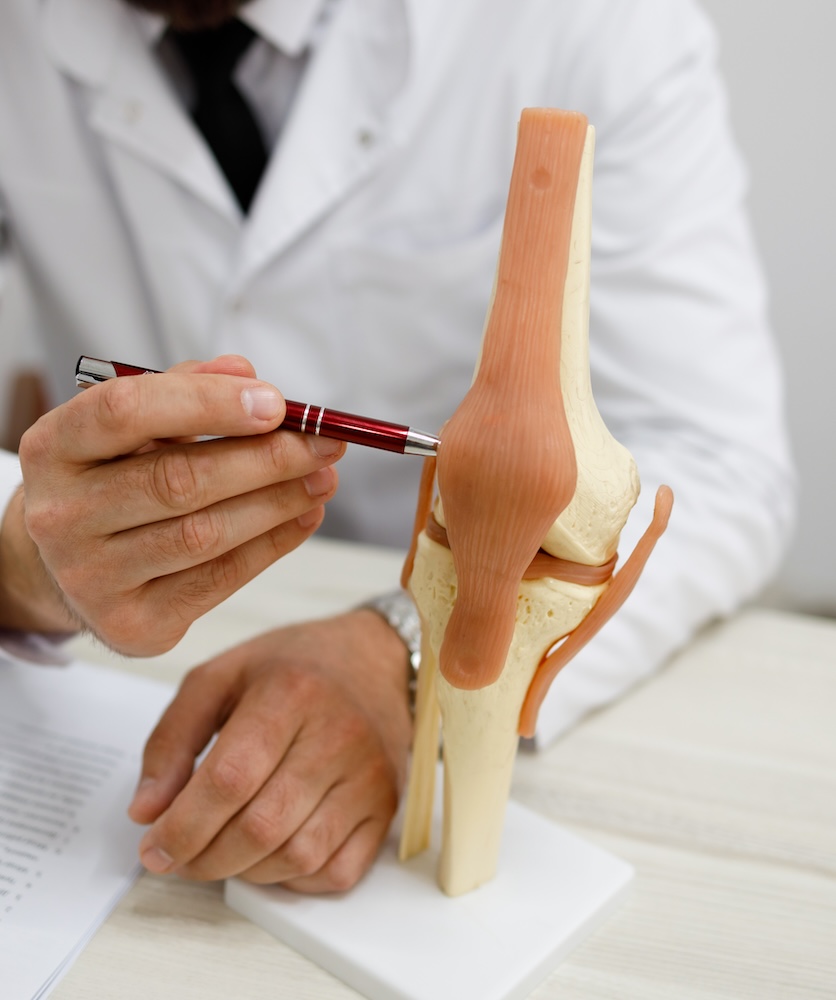
If you continue to experience chronic back pain and have yet to find relief from other treatments, therapies and medications, spinal cord stimulation could be a great option for you. It has proven to be a highly effective procedure to manage chronic pain conditions in the body where other more conservative treatments have failed.
This particular treatment has been used to alleviate chronic pain not only caused by trauma, but also those stemming from neurological, musculoskeletal and endocrine-related conditions, including:
You might be a candidate for this procedure if you’ve tried other pain treatment options but have yet to find relief. However, your Texas Pain Care provider will be able to determine if spinal cord stimulation therapy is the next best option for you. To continue the eligibility steps, once you’ve ruled out other less-invasive options, you’ll have to undergo lab, imaging and diagnostic tests to ensure that you’re healthy enough for surgery. It’s also important to make sure that there aren’t other health circumstances that would make this a less viable option for you in the long term.
This procedure is an outpatient procedure performed under light sedation that can take up to about two hours to perform. There is a trial period to determine if this treatment is helpful, and if so, then the full surgery to implant the pulse generator or battery.
For the trial period, the provider will first numb the implant area, so the patient should only feel a slight pinch during the injection, with the rest of the procedure being pain free. The doctor then uses fluoroscopic guidance to plan the trial leads into the epidural space through a needle. Once the needle tip reaches epidural space, your provider will thread the temporary lead(s) into position and remove the needle, leaving part of the lead outside your skin. The implant stage of the procedure usually takes about 30 to 90 minutes in the office, and then about five to seven days outside of the office so make sure the treatment is effective. For this trial period, you also wear the generator (battery pack) outside of your body.
If the trial period is deemed effective, the doctor will perform a second surgery to permanently place the generator under the skin through another incision. Once the procedure is complete, the patient will have a handheld remote that he/she can use to control the amount of stimulation felt. The stimulation can be increased or decreased depending on the amount of pain felt.
Together with your provider, you both will determine if spinal cord stimulation is the best option for relieving your pain. Overall, spinal cord stimulation is a great pain relief option that has minimal serious complications.
Advantages/benefits of spinal cord stimulation include:
As with any medical treatment, there are associated risks. Risks with spinal cord stimulation include:
Infection, which is the No. 1 risk factor simply because spinal cord stimulation involves cutting the skin and placing a foreign object in the body. If an infection develops, there might be a need for surgery to treat the infection and possibly even remove/replace the device as a whole.
Leads moving out of place, which chances of this occurring continually decreasing with medical advancements. Now providers are able to utilize special devices and components that work to anchor these leads so that they securely stay in place as intended.
Leads breaking or malfunctioning. Because the leads are placed in the spinal column, there’s a chance that the hardware of the leads can’t match the flexibility and movement of the ligaments and tendons. This could cause a break or some form of malfunction that surgery would be required to fix.
Injuries from broken or displaced leads, which is possible that it could happen but chances are very rare. When this hardware moves or breaks, it can sometimes cause permanent damage to the spinal cord or the supporting tissue and nerves.
Failure or malfunction of the pulse generator, which has a lifespan. Surgery is required when the batteries need to be replaced (after several years) as well as if the generator needs to be repaired or replaced.
There is the possibility of gradual loss of pain relief as the body gets used to the therapy.
The patient is uncomfortable with the feeling of tingling or numbness that is associated with the therapy.
Other general side effects could include bleeding and the buildup of scar tissue.
On average, about half of people see more than a 50% improvement in their pain, which is great considering these patients were previously unable to receive any sort of pain relief. It also helps patients avoid relying on strong, habit-forming medications.
Your provider will closely monitor your post-surgery recovery, which usually includes four to six weeks of little to mild activity, to ensure that the body is healing properly and the treatment is effective.

If you don’t feel like spinal cord stimulators are the best option for you, there are plenty of other neurostimulation options out there. There have been vast improvements over the years so patients have more options now than ever. Two of the most popular neurostimulation options are:
Transcutaneous Electrical Nerve Stimulation (TENS): A great non-surgical option for alleviating pain, TENS delivers neurostimulation through patches placed on the skin. These patches directly affect the nerves located underneath the patch.
Peripheral nerve stimulators: These stimulators are doctor-implanted devices that target the nerves not located in the spine or head, such as the knee or shoulder. There are even cases where these neurostimulators are implanted directly in the brain to treat conditions that don’t deal with pain, like epilepsy.
The overall benefit of neurostimulation is that it is a great option for treating pain that is felt throughout the body, not just one particular area. Because nerves are located in the spine, doctors are able to place a neurotransmitter in the spine that treats pain in the arms, buttock, back, head, etc. Also, because doctors have been treating feelings of pain with neurotransmitters for decades, there have been vast improvements in this therapy method, including:
Smaller devices: Historically, a trend with medical devices is that they get smaller over time. This helps not only increase patient satisfaction, but also allows for less invasive surgery methods.
Greater coverage: Doctors are able to use different types of neurotransmitters with the goal of better pain management, either in regard to location or effect. Patients can now experience a reduction of pain through a combination of neurotransmitters that is specifically tailored to their sources of pain. Utilizing both spinal cord stimulation and peripheral nerve field stimulation (stimulation of an area of peripheral nerves) has been proven to help patients reduce pain in areas where just spinal cord stimulation hasn’t been able to resolve. A common area of pain that has been difficult to resolve is lower back pain.
Increased pain management: For patients who find the stimulation (numbness or tingling feeling) uncomfortable, advancements in neurotransmitters have allowed for stimulation that is barely noticeable. There are also devices that can deliver stimulation at higher frequencies or in busts, so that the frequency of stimulation is less.
Advancements in specific neurotransmitter options have afforded patients, now more than ever, more relief options. There are different options available that allow doctors to treat specific pain, which creates better patient satisfaction and improved quality of life. As providers, we at Texas Pain Care aim to only recommend the best, safest and most comfortable treatment options to our family of patients, so that they can get out of pain and stay out of pain. Neurotransmitters are a great option, and in addition to spinal cord stimulators, include:
Dorsal root ganglion stimulation (DRG stimulation): The overall benefit of spinal cord stimulation is that you can provide pain relief to any area of the body from one device in one location (the spine). The downside is that sometimes certain areas of the body receive stimulation where no pain might be felt. For instance, you could feel stimulation in the arm when you’re treating the pain felt in your hand. With DRG stimulation, leads are placed along a particular section of nerves, right where they branch off from the spinal cord. Each of these nerve sections handles pain signals from a particular part of the body. So with greater targeting and placement of the stimulation comes greater pain management for specific parts of the body that were otherwise difficult to reach.
High-frequency stimulation: Standard stimulation frequency is anywhere from 10 to a few hundred cycles per second. But with high-frequency stimulation devices, the frequency can be up to 10,000 cycles per second. This type of stimulation does not cause a feeling of tingling or numbness. While it does not provide immediate relief like traditional neuromodulation treatment, many patients experience a greater feeling of relief within a few hours.
Burst stimulation: Current neurostimulation devices deliver a constant stimulation to relieve pain, but a frequent patient complaint is a tingling or numbing sensation that can be unpleasant. To combat this, recent studies are testing stimulation that is offered in bursts. A five-burst series is repeated around 40 times per second, with each burst lasting one thousandth of a second followed by one thousandth of a second with no simulation. Studies are finding that this burst method provides relief just as well, if not better, than constant stimulation. An additional advantage is that patients do not feel the tingling or numbing sensation.
Patients who have spinal cord stimulators are able to experience a greater quality of life because they are in less pain than without the stimulation. However, there are some lifestyle limitations with the treatment. You will have to turn the stimulator off while getting X-rays and CT scans, and some stimulators are not compatible with MRI machines so you will need to speak with your healthcare provider first. Additionally, the machine will set off airport security machines, so you will need to carry an identification card that should let you bypass the machine. If you cannot bypass the machine, you will have to turn the device off before stepping through.
You should not have the device on when driving as some stimulation levels can cause distraction. Swimming is perfectly fine with the final stimulator device, but you cannot get the temporary stimulator wet. You will need to avoid baths and showers during the short trial period.
If you find that the stimulator is not giving you your ideal or desired pain relief, you can have it removed, which is a safe solution. In the event there is infection or the device malfunctions, it would have to be removed as well.
If you’re tired of living with back pain, neck pain, leg pain or arm pain, let the Texas Pain Care team in Missouri City, Sugarland and Houston areas help you. Our team of expertly-trained professionals is dedicated to helping you live a pain free life. So if you have yet to experience relief from other pain management treatment options, spinal cord stimulator might be right for you. Schedule an appointment today to learn more about this safe and effective treatment option.

Our knees endure a lot of use and abuse on a daily basis. If you are experiencing chronic pain in one or both knees, a Genicular Nerve Block for Knee Pain Treatment could help you get back on your feet.

If you’re experiencing chronic low back pain and/or neck pain, and haven’t been able to find long-term relief with other treatment methods, Medial Branch Radiofrequency Ablation could be the solution you need.
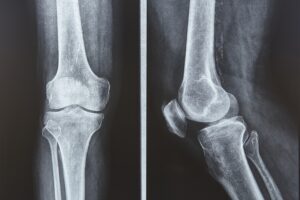
For patients living with chronic pain, uncomfortable with medications or avoiding surgery, PRP is an increasingly popular option. The regenerative therapy uses platelets and stem cells for healing and repair through minimally-invasive techniques.
Get out of pain
Get back to living
Treatments
Conditions
